Managing APIs more effectively to improve user experience
AND Digital worked in partnership with Zapmap to provide a more seamless experience for app users through a 400% reduction in loading speeds. This was achieved by utilising bounding boxes supported a more rigorous logic to underpin their API calls.
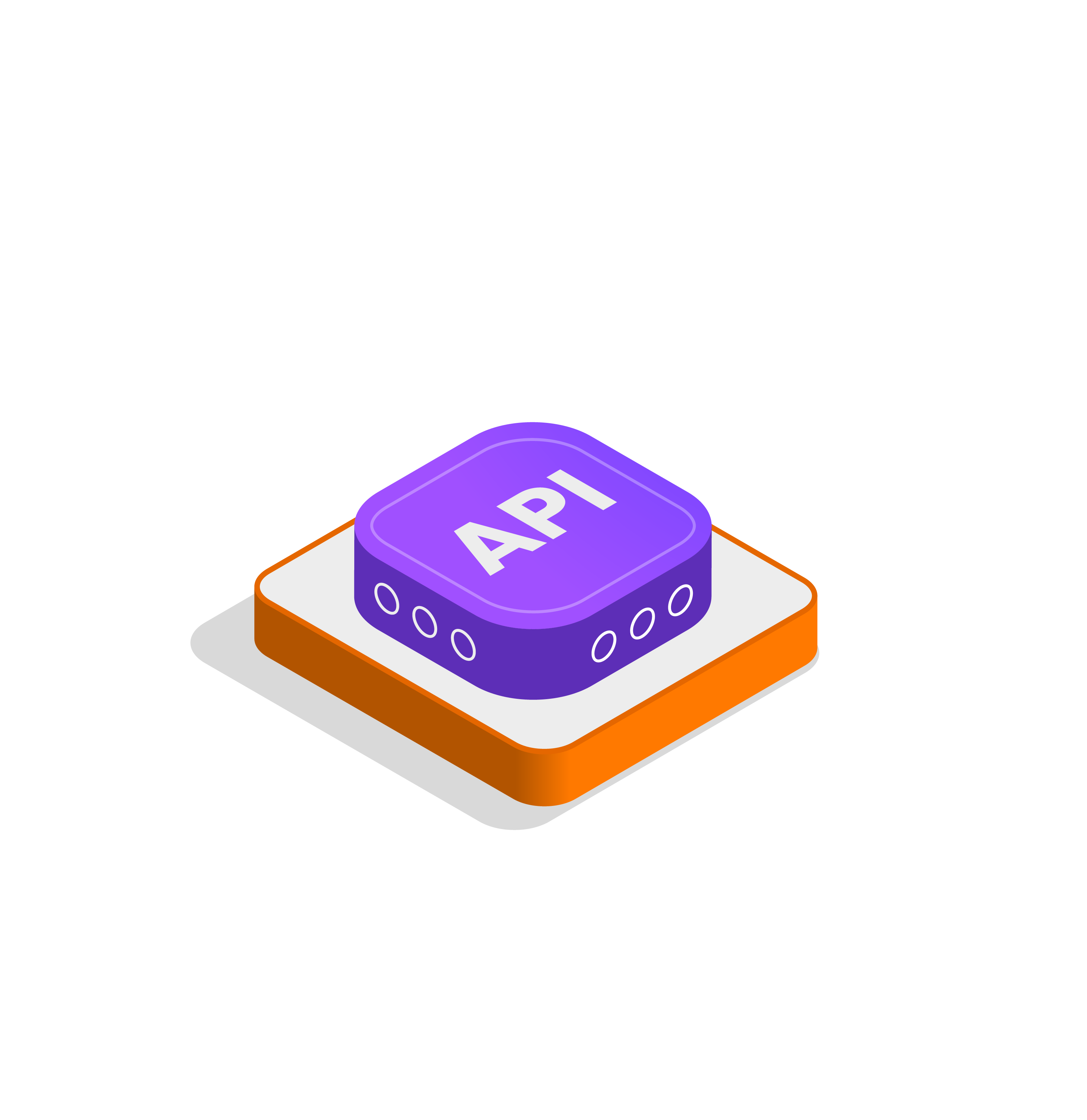
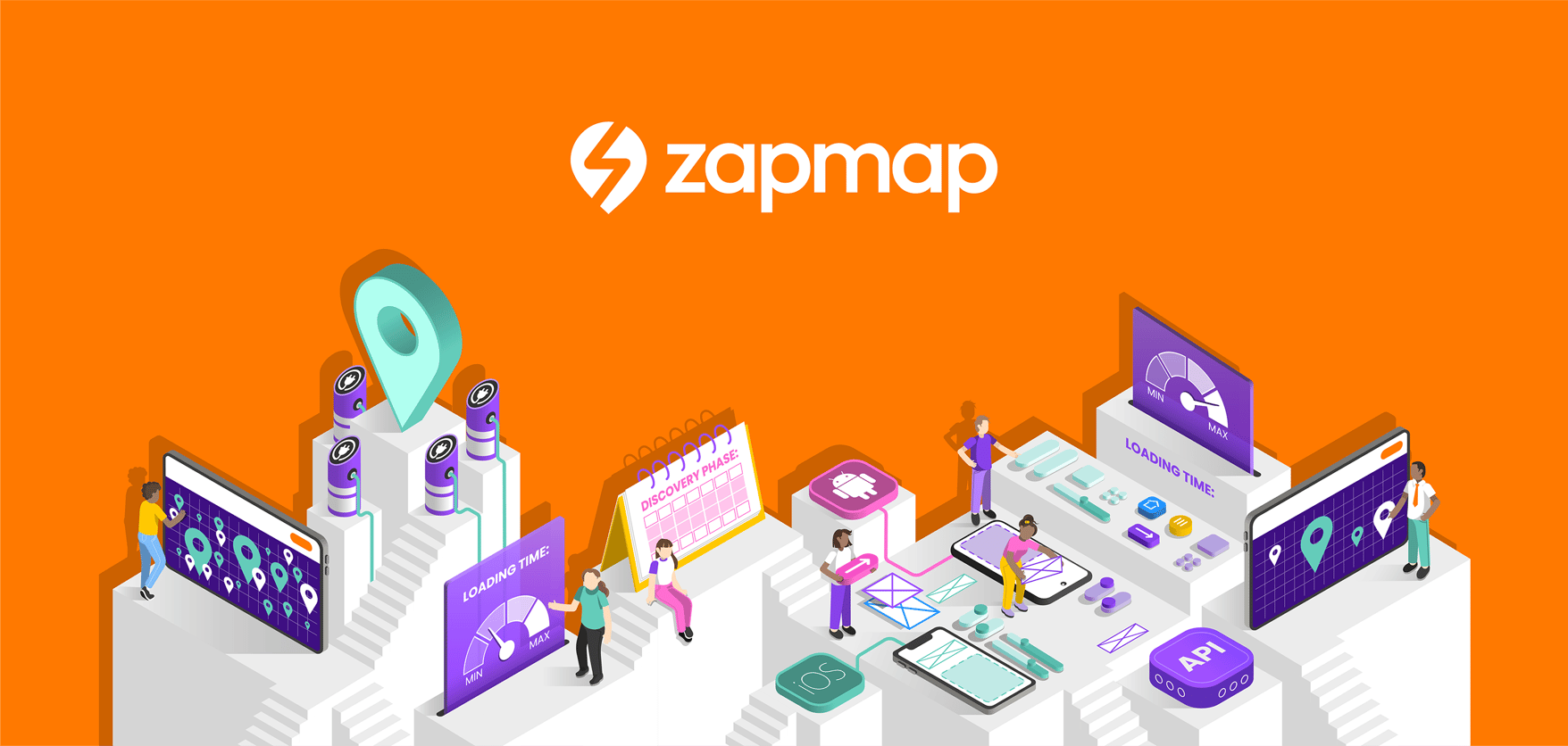
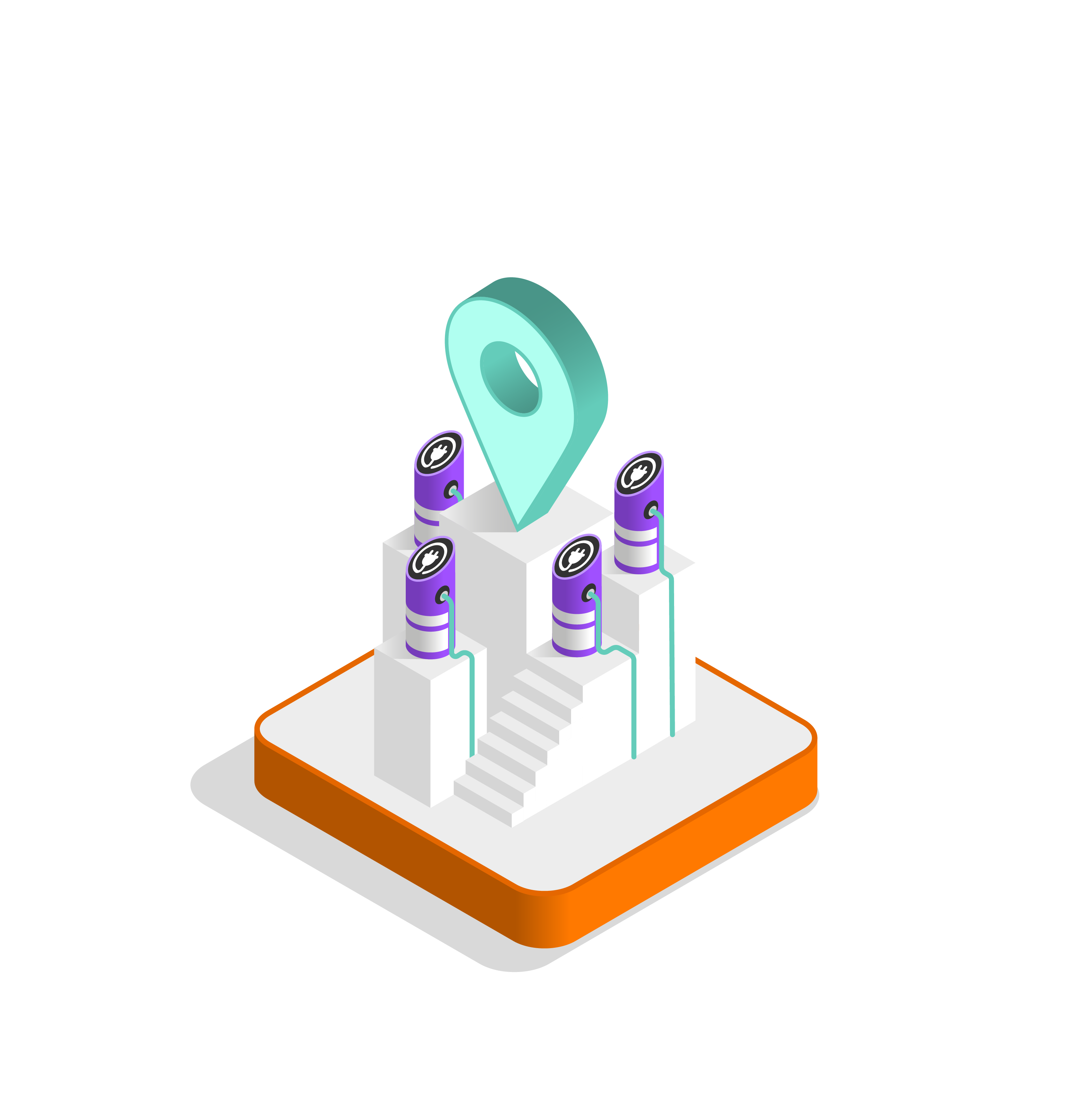


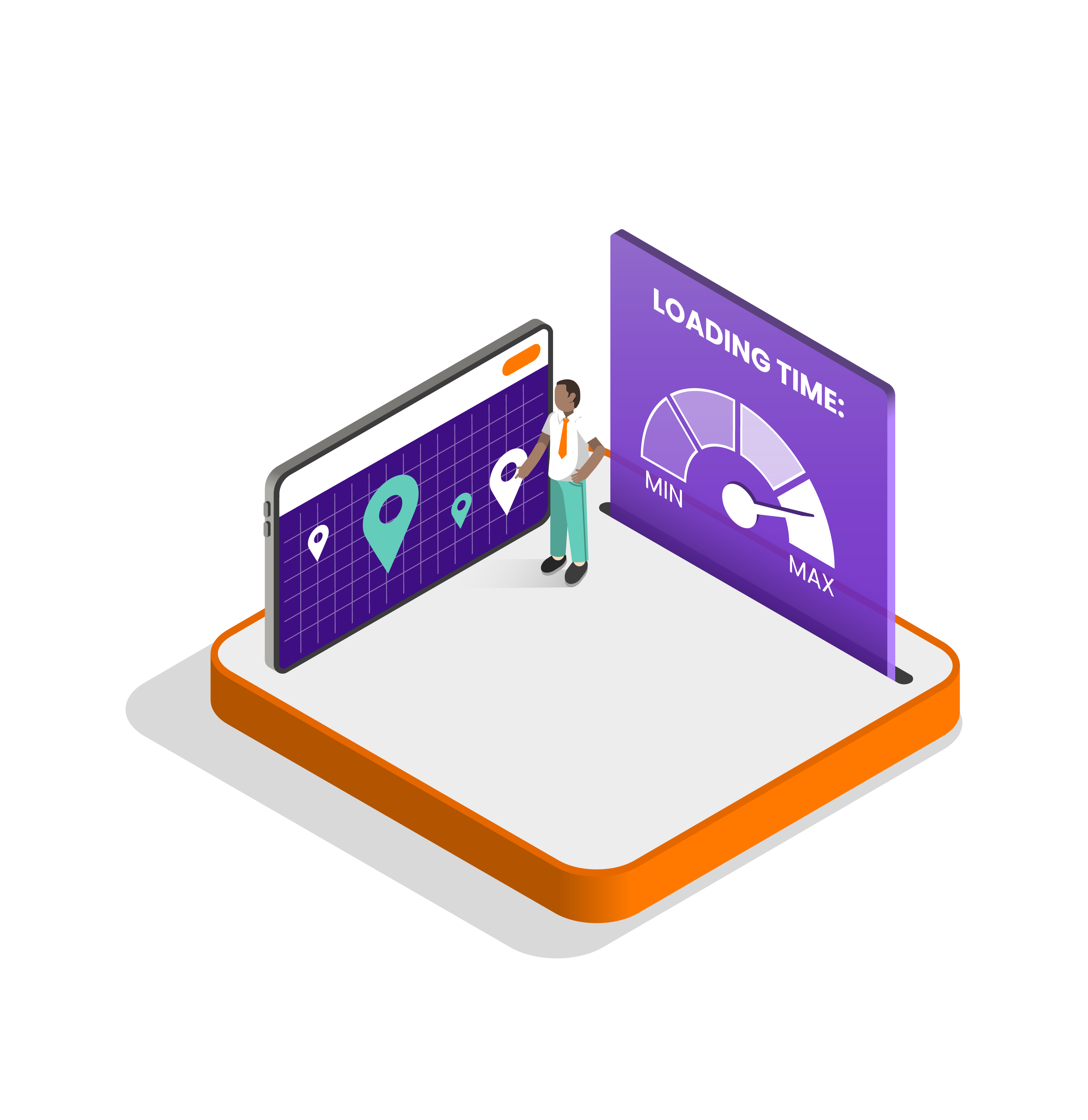
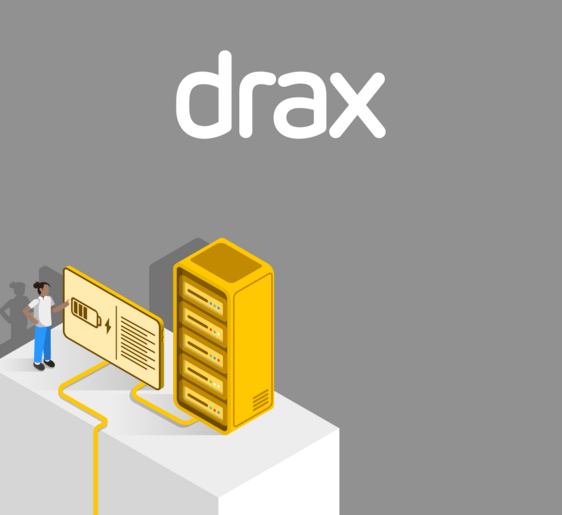
%20(1).png?width=565&height=515&name=Lookers_case%20study_card-04%20(1)%20(1).png)
.png?width=565&height=515&name=Vanquis_Case%20study%20illustration_%20(2).png)
